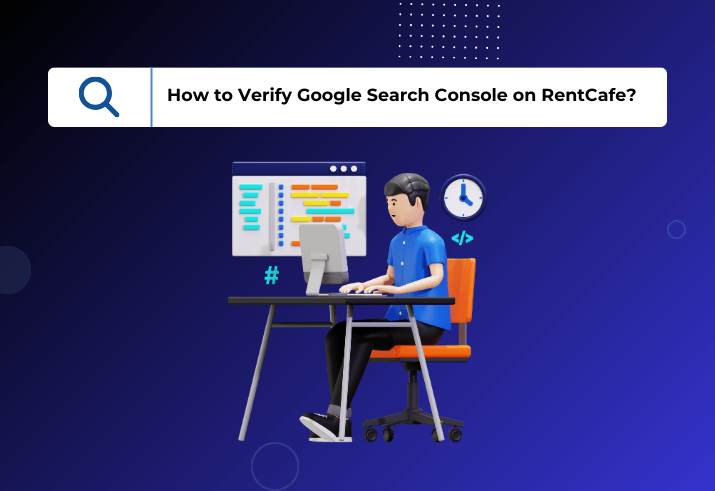Have you ever wondered which ILS works best at the market level (before you sign your life away)? Or, why one ILS (i.e. Rent Path) performs better for one asset, but completely tanks for another? If you are an apartment marketer or regional property manager those are familiar (if not painful) questions, and yet, nobody seems to have the answer. Instead, marketers are forced into the vicious cycle of pushing out RFPs (request for proposal) to a rotating stable of ILS reps, shuffling through a deluge of competing proposals, navigating the various contractual obligations/restrictions, and ultimately, determining which of the usual suspects they should bet on for that particular property. Of course, the fun doesn’t stop there. Next, comes the attribution vortex.

Marketers spend hours upon hours every month analyzing and evaluating campaign results across their portfolio trying to determine which ILS is performing best. Most rely on a combination of data supplied by their LMS (lead management system), call tracking provider (i.e. Anyone Home), Google Analytics and first-party reports to discern the winners from the losers. Sadly, none of these reporting tools capture the full picture of a lead or its quality due to various technological limitations and data privacy laws. It should also be noted that despite 3rd party tracking pixels being a regular practice in digital marketing the overwhelming majority of ILS networks do not grant this opportunity to properties. Frustrating as it all may be, it is an apartment marketer’s reality, and the process generally proves effective. Unfortunately, learning which ILS works best after you sign a 12-month contract isn’t super helpful, not to mention that the order of those results typically changes from one month to the next. Lost all hope? You shouldn’t. There are ways that you can dramatically improve your ILS strategy using a more predictive approach and user-based mentality.
Expect these tips and more in the coming weeks as we delve deeper into the ILS empire.








